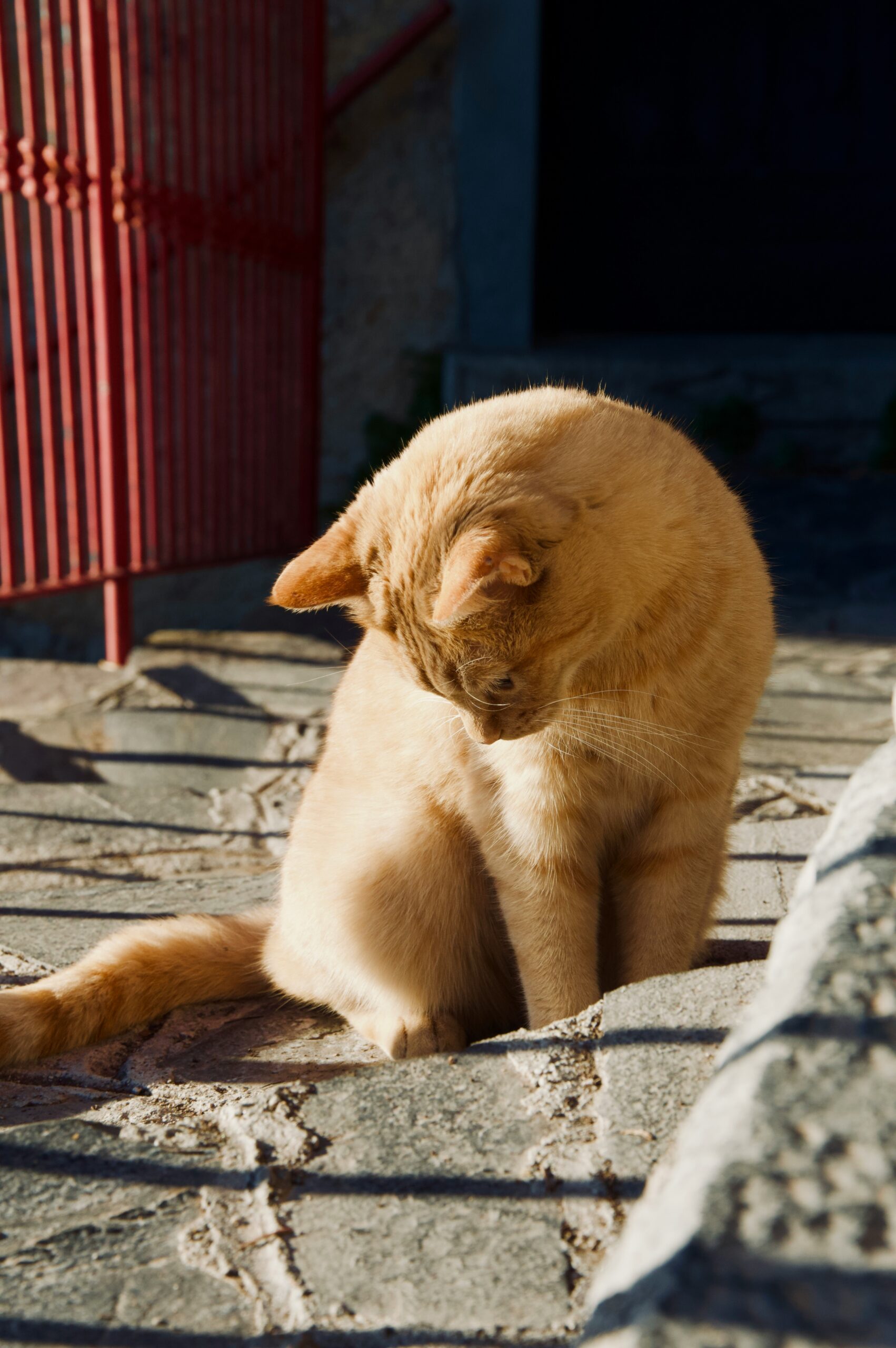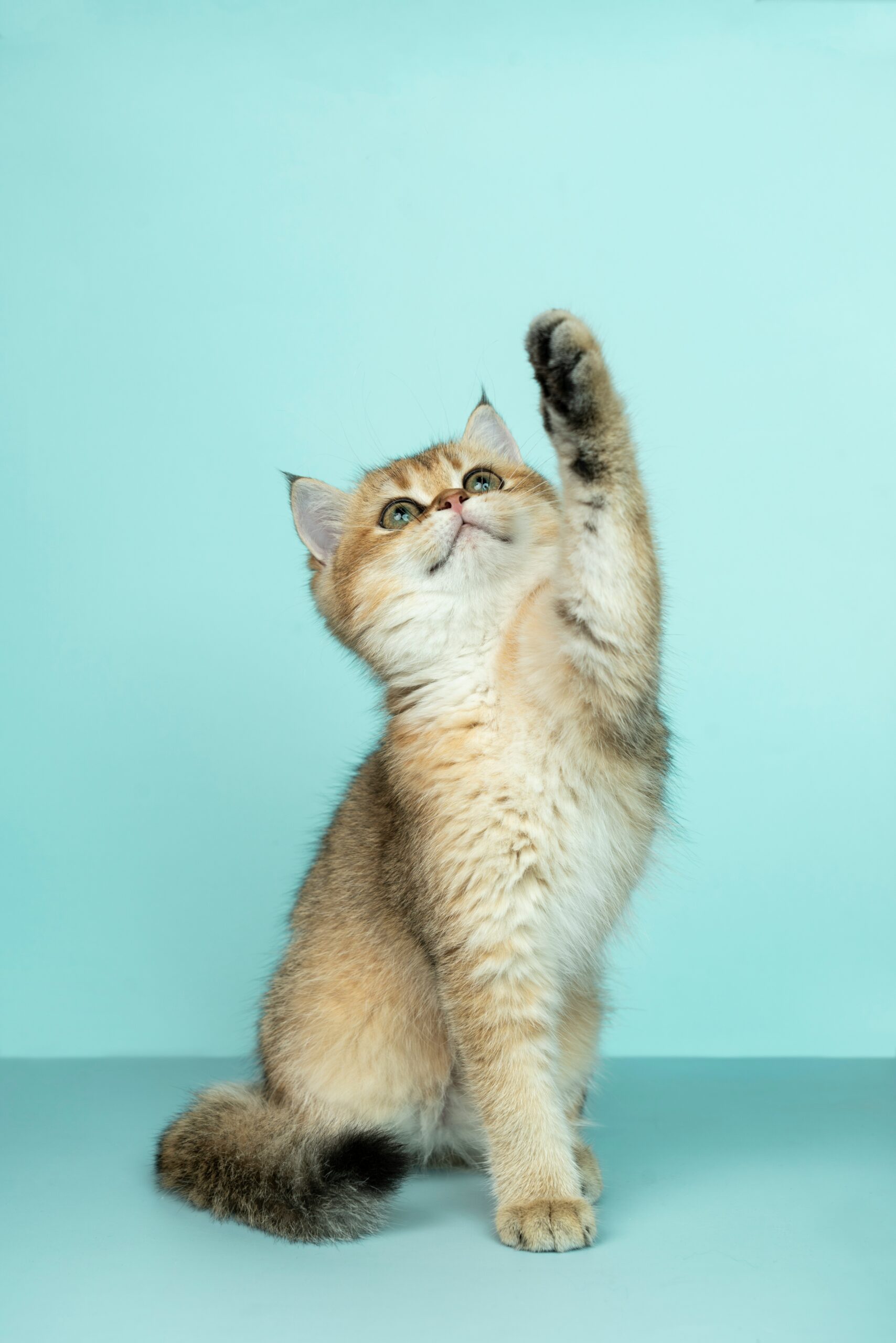Cats are adorable, independent, and full of personality. But behind their mysterious eyes and fluffy fur, they have some very specific dietary needs. Unlike dogs or humans, cats are obligate carnivores — which means they must eat meat to survive. Understanding what your cat should (and shouldn’t) eat is one of the best ways to keep them healthy and happy.
The Basics of a Cat’s Diet
Protein is the number one building block of your cat’s diet. It provides essential amino acids, such as taurine, which cats cannot produce on their own. Without enough taurine, cats can develop serious health issues, including heart disease and vision problems.
That’s why high-quality animal-based protein — like chicken, turkey, beef, or fish — should always be at the top of the ingredient list in your cat’s food.
Cats also need healthy fats, which are a great source of energy and help maintain shiny coats and healthy skin. Omega-3 and omega-6 fatty acids, found in fish oils or chicken fat, are particularly beneficial.
Do Cats Need Carbohydrates?
Here’s something many cat owners don’t realize: cats don’t actually need carbohydrates. In the wild, cats get most of their energy from protein and fat, not grains or vegetables.
However, small amounts of carbohydrates — such as from rice or sweet potatoes — can be fine, especially in commercial cat foods. Just make sure these aren’t the main ingredients. If the label lists “corn” or “wheat” first, it’s probably not the best choice for your cat.
Wet Food vs. Dry Food
Both wet and dry foods have their pros and cons. Wet food (the canned kind) is rich in moisture, which helps keep your cat hydrated — very important since cats are naturally bad at drinking water. It’s also easier to chew for older cats.
Dry food, on the other hand, can be more convenient, less messy, and good for maintaining dental health. The ideal option? A combination of both, offering variety and balance in their daily meals.
How Often Should You Feed Your Cat?
Most adult cats do well eating two meals a day — morning and evening. Kittens, however, need to eat more frequently, about three to four times daily, because they burn more energy as they grow.
Keep portion control in mind: overweight cats are becoming more common, and obesity can lead to diabetes and joint problems. Always check the feeding guidelines on your cat’s food package and adjust based on activity level and age.
Treats and Human Foods
It’s tempting to spoil your cat with treats or leftovers, but moderation is key. Occasional treats are fine, but they should make up less than 10% of your cat’s daily calories.
Avoid giving your cat chocolate, onions, garlic, alcohol, or dairy products — these can be toxic or cause stomach issues. If you want to offer something special, try small pieces of cooked chicken or tuna instead.
Water: The Forgotten Nutrient
Cats often don’t drink enough water, which can lead to urinary tract issues. Always keep a clean, fresh bowl of water available. Some cats prefer running water, so a cat water fountain can encourage them to drink more.



